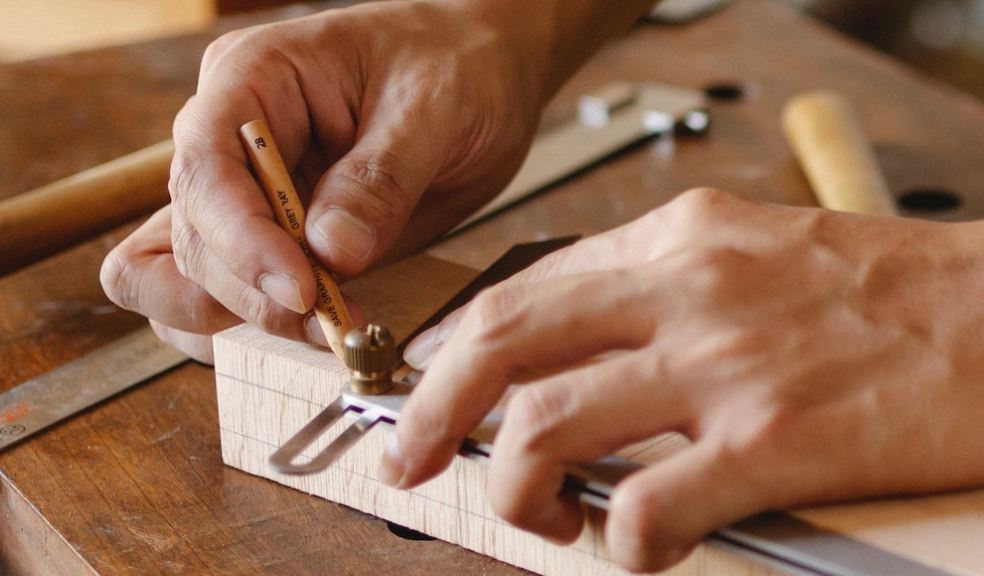
DIY Materials: The Ultimate Guide (2022)
There will come a time in every homeowner’s life when they’ll need to do a little DIY to keep their home in tip-top condition, and high-quality DIY materials will help you accomplish this.
The prospect of doing it yourself can seem a bit scary and daunting to those with little to no experience, but minor fixes and home improvements are far easier than you may first realise.
In this article, we’ll cover some of the most crucial materials to keep in mind and know about for DIY. We’ll cover the differences between similar types of materials and explain where the material is best used and where its use should be avoided – as well as other useful information.
Read on to find out more.
Sawn Timber
Sawn timber is likely the first thing you’ll need for any home DIY project. Without sawn timber, you won’t be able to create the living space you want – whether that be repairing a living space or making improvements to a space.
The two types of wood you’ll want to learn about are the two softwoods, redwood and whitewood.
Whitewood VS Redwood
Most timber merchants you consult will have both whitewood and redwood available. They are both valuable materials but have different properties that make them good at different things.
Redwood is:
- Durable
- Easily absorbs treatments
- Great for machining
- For use in structural use, joinery (exterior and interior), skirting, furniture, and more.
- Difficult to use with glues and adhesives.
Whitewood is:
- Very durable (stronger than redwood)
- Lightweight (again, lighter than redwood)
- Doesn’t absorb treatments as easily as redwood
- For use in building structures, joists, flooring, door linings, and so on. It can be used for both interiors and exteriors.
- It can be used with glues, varnishes, stains, and paints.
Both are brilliant for certain tasks, so always assess what you’ll be fixing or building, and if in doubt, ask a timber expert what they think would be best.
Sheet Materials
Sheet materials are integral to every construction or DIY project. Their versatility and cost-effectiveness make them ideal for fixing everything from subfloors to creating skateboarding ramps, added Cworkshop, who are supplying products for furniture makers.
However, there are various types of sheet materials designed to be used in specific ways or in specific environments.
Plywood
Plywood is one of the more common types of sheet material you will come across and is very flexible. For instance, wooden skateboarding ramps will be made from plywood due to their ability to flex.
Plywood is created by glueing and pressure-pressing various thin sheets or layers of wood.
Standard plywood comes in a few main thicknesses:
- 3.6mm
- 5.5mm
- 9.0mm
- 12.0mm
- 18.0mm
- 25.0mm
Aside from the physical thickness of a board, you can also commonly find both hardwood ply and softwood ply from most timber merchants.
Hardwood ply is more expensive than softwood ply due to its higher density, meaning they are stronger and more durable.
Specialized plywood boards are also available, such as marine ply, a speciality created for very humid or frequently wet environments. Examples could be a kitchen or bathroom. There are also other special kinds of plywood, such as ply with anti-slip mesh.
There’s always plywood to fit your needs, and your local timber merchant can guide you on what is best.
Chipboard
Chipboard is another common sheet material you will likely come across when shopping for your DIY materials.
Chipboard is created by recycling or using excess sawdust and wood particles. The wood particles are bound together using an adhesive and pressure to create a solid board.
It is primarily used for creating furniture due to its versatility and low cost of production. It can be used in a wide range of applications, such as flooring in a loft, creating your own furniture, building sheds and other garden buildings, and so on. However, the chipboard will only last for a short time as plywood and will need to be replaced much sooner.
This is because the chipboard isn’t very water resistant, so internal use is recommended. Even with internal use, moisture can cause the chipboard to crumble over time.
If you need to build new furniture, a chipboard is ideal!
MDF (medium-density fibreboard)
MDF, otherwise known as medium-density fibreboard, is an engineered wood product similar to plywood and chipboard. Much like chipboard, MDF is constituted of wood residuals that are broken down into wood fibres and then used to create MDF.
The wood fibres are treated using adhesives, waxes, and resins before being bound together using high pressures and high temperatures.
MDF is typically denser than both plywood and chipboard due to how it is formed.
Due to its density and versatility as a material, it can be used in a whole host of cabinetry uses, furniture making, and flooring.
Don’t Forget The Necessities
While learning about all these materials is a great first step, always be sure to buy and use safety gear (such as goggles, gloves, knee pads, and a mask graded for construction use).
First-time DIYers often forget to buy enough nails, screws, and adhesive for their project – so always be sure to buy a little more than you need.











